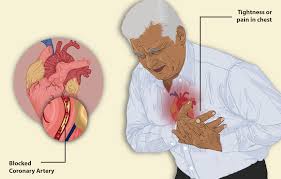Introduction
HIV/AIDS remains a pressing public health issue in South Africa, with millions affected and countless lives impacted. Understanding the gravity of this epidemic and promoting awareness are crucial in reducing infection rates and improving the quality of life for those living with the virus. As South Africa holds the highest number of people living with HIV in the world, ongoing efforts towards prevention and awareness are not only relevant but necessary for the health of future generations.
Current Statistics and Facts
As of 2023, the South African National Department of Health reports that approximately 7.5 million people are living with HIV in the country. This equates to roughly 13% of the population, indicating a need for continuous efforts in awareness and prevention strategies. In recent years, progress has been made with improved access to antiretroviral therapy (ART), which has transformed HIV from a life-threatening condition into a manageable chronic illness. However, new infections still occur, particularly among vulnerable groups such as young women and men who have sex with men.
Government and NGO Initiatives
The South African government, alongside various non-governmental organizations (NGOs), has implemented a range of initiatives aimed at increasing awareness and accessibility of HIV prevention methods. Campaigns like ‘Test and Treat’ and ‘Condomise!’ are instrumental in educating citizens about the importance of regular testing and safe practices. Furthermore, the introduction of pre-exposure prophylaxis (PrEP) has provided an additional preventive option for those at high risk of contracting the virus.
Community Engagement and Education
Community engagement plays a pivotal role in the fight against HIV/AIDS. Local organizations focus on decreasing stigma and misinformation surrounding the virus through education programs. Schools, workplaces, and community centers are key venues for disseminating accurate information and fostering supportive environments. By empowering individuals with knowledge, South Africa takes a significant step towards reducing the spread of HIV and supporting those affected by the virus.
Conclusion
As South Africa continues to grapple with the challenges posed by HIV/AIDS, the combined efforts of the government, NGOs, and community members are vital for creating a safer and healthier society. Education, awareness, and access to preventive measures remain fundamental in combating this epidemic. It is imperative for all South Africans to participate in these initiatives, ensuring that future generations can live in a world where HIV is no longer a threat. Sustained commitment and collaboration will pave the way toward an AIDS-free future.


